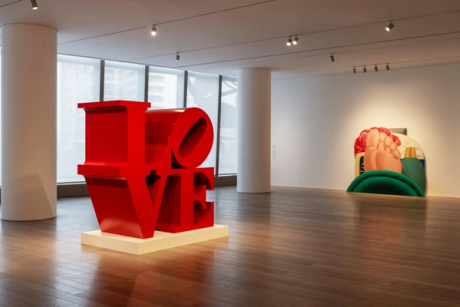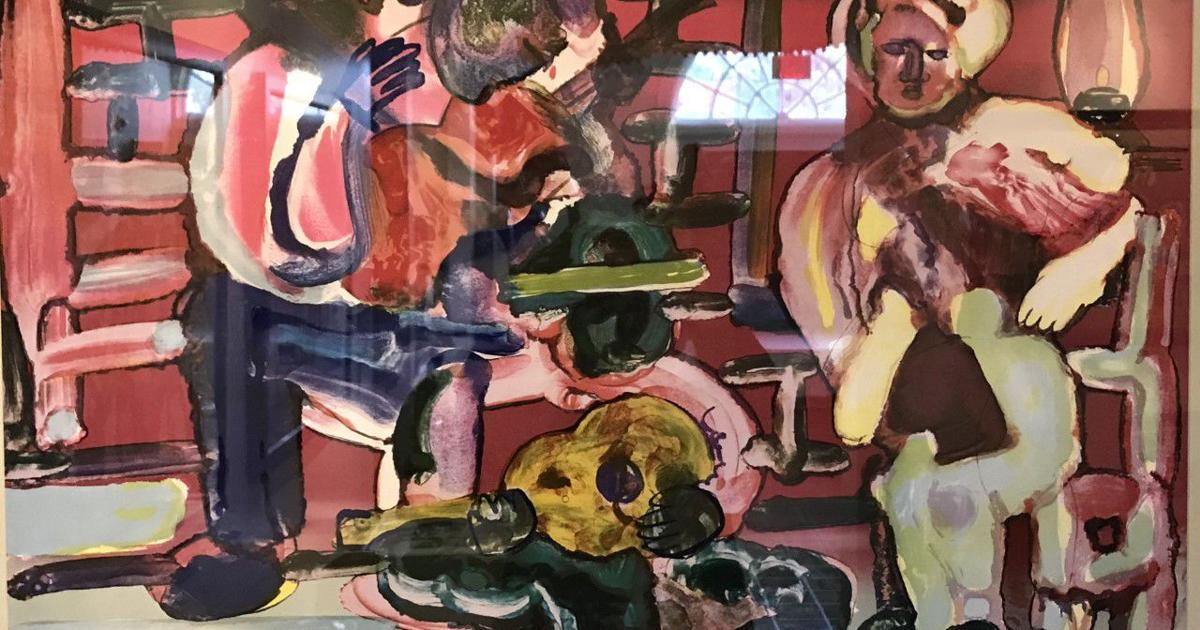Maiko #1, #2, #3
2008 - Drawing & Print (Drawing & Print)
Ron Terada
The three Maiko s were included in Ron Terada’s 2008 exhibition, Voight–Kampf , at Catriona Jeffries gallery. More ambitious in size and subject matter, this show with its complex video installation marked a new path for Terada’s work. Voight-Kampf is based on a scene from Ridley Scott’s 1982 movie Blade Runner in which a giant advertising billboard in the midst of a dystopian city of Los Angeles in the future displays a geisha eating candy. Terada used this image as a point of departure to explore issues of racial identity, the nature of photographic representation, and the liminal space between fiction and reality. In each of the three Maiko photographs that accompanied the exhibition, a Caucasian woman poses a Geisha and look directly at the camera. The images reinforce the staged and artificial nature of racial categories and stereotypes, but also speak to the excesses brought about by an accelerated consumer culture.
Ron Terada belongs to a generation of Vancouver-based artists that follows the well-known Vancouver School of photoconceptualists which includes Jeff Wall, Stan Douglas, and Ian Wallace. However, Terada’s work is also closely aligned with other conceptual practices like Bruce Nauman’s use of signs, neon lights, and text paintings.
Colors:
Related works of genres: » canadian video artists
» see more

© » KADIST
Stan Douglas
1997Michigan Central Station is part of a larger photographic series, Detroit Photos , which includes images of houses, theaters, stadiums, offices, and other municipal structures...
Related works sharing similar palette
» see more

© » AFC
Explain Me with Jonathan Schwartz of Atelier4 and Magda Sawon of Postmasters About AFC Board AFC Editions Donate Art F City Explain Me with Jonathan Schwartz of Atelier4 and Magda Sawon of Postmasters by Paddy Johnson and William Powhida on March 29, 2020 Explain Me Tweet Serkan Özkaya’s Proletarier Aller Länder (Workers of the World) 1999, Image via Postmaster’s Gallery...

© » THEARTNEWSPER
Blockbuster Pop art show in Mumbai marks a new type of exhibition for India Art market Museums & heritage Exhibitions Books Podcasts Columns Technology Adventures with Van Gogh Search Search Mumbai blog Blockbuster Pop art show in Mumbai marks a new type of exhibition for India Pop: Fame, Love, Power at the Nita Mukesh Ambani Cultural Centre is an unprecedented but surface-level survey for a broad audience Kabir Jhala 9 February 2024 Share Installation view of Pop: Fame, Love, Power at the Nita Mukesh Ambani Cultural Centre, Mumbai Courtesy of NMACC When Nita Ambani, India’s wealthiest woman, opened her eponymous cultural centre in Mumbai last March, many in the art world were intrigued...
Related artist(s) to: Ron Terada » Christodoulos Panayiotou, » Claire Fontaine, » Guillermo Calzadilla, » Isabelle Pauwels, » Jennifer Allora, » Jonathan Monk, » Sean Snyder, » Abraham Cruzvillegas, » Adam Carr, » Ann Veronica Janssens
» see more

© » KADIST
Claire Fontaine
2006Foreigners Everywhere is a series of neon signs in several different languages...

© » KADIST
Abraham Cruzvillegas
2004Wright Imperial Hotel (2004) is a sort of bow and arrow made out of feathers, a São Paulo phone book, and other materials...
Related works found in the same semantic group
» see more

© » KADIST
Didem Pekün
2018The black-and-white projection, Araf by Didem Pekün, begins, as a lithe man stands high up in the middle of the grand, rebuilt 16th-century Ottoman bridge in Mostar, in Bosnia and Herzegovina...

© » KADIST
Cyprien Tokoudagba
In a style that is unique of Tokoudagba, he evokes the kings, gods and their symbols related to the earth, water, air and fire, usually on a white background...






